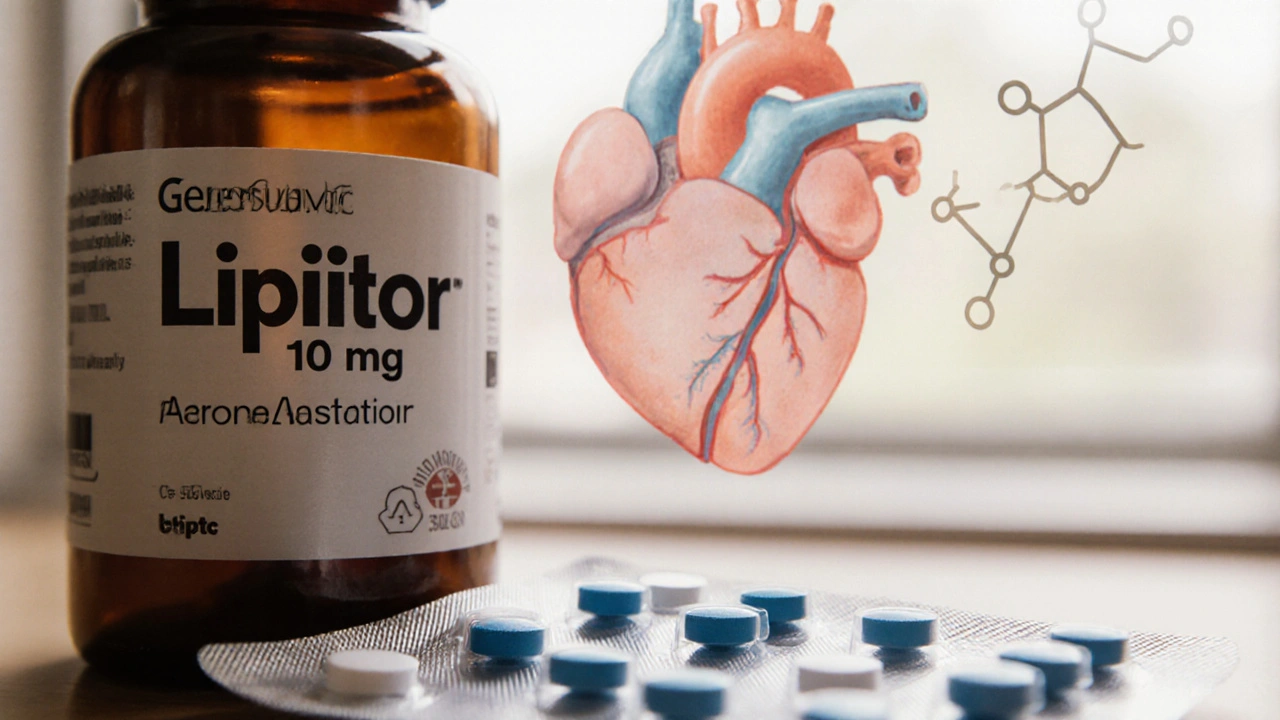Online Pharmacy Safety
When thinking about online pharmacy safety, the practice of checking, verifying, and protecting yourself while ordering medicines over the internet. Also known as digital drug safety, it generic medication, standardized drugs that match brand‑name efficacy at lower cost and counterfeit drugs, unauthorized copies that may contain wrong ingredients or dosage that slip through weak verification processes. Understanding these pieces helps you stay clear of scams and get the right treatment.
Online pharmacy safety Online Pharmacy Safety isn’t just a buzzword; it’s a set of actions you take before you click "add to cart." First, you need to confirm the pharmacy’s credentials – a valid license, a physical address, and clear contact details. Next, verify that the site lists a licensed pharmacist who can answer questions. Finally, compare prices with reputable sources; if a deal looks too good to be true, it probably is. These steps form a safety net that catches bogus sellers and protects your health.
Key Elements That Keep Your Purchases Secure
One major element is credential verification. A legitimate online pharmacy will display its pharmacy license number and often link to the regulator’s database. Checking this number against government records guarantees the business is authorized to dispense medication. Another element is product authenticity. Look for batch numbers, expiry dates, and tamper‑evident packaging information on the product page. Authentic sites will provide this data or offer to send it with the shipment.
Third, consider the payment security. Secure sites use HTTPS encryption and reputable payment gateways. Avoid direct bank transfers or requests for cash on delivery, as these methods are popular with counterfeit sellers. Lastly, read user reviews not just on the site but on independent forums. Real experiences often reveal hidden red flags that a polished storefront might hide.
These components link together in a clear chain: credential verification reduces the chance of encountering counterfeit drugs; product authenticity checks confirm that the generic medication you receive matches the listed specifications; payment security ensures your financial data stays private. Together they create a robust framework for online pharmacy safety.
Beyond the basics, staying informed about current regulations helps you navigate changes. For example, many countries have tightened rules on importing prescription meds without a local prescription. Knowing the legal landscape prevents accidental breaches and potential customs seizures. Likewise, keeping an eye on news about widespread counterfeit outbreaks lets you avoid specific drugs that are being targeted.
Another practical tip is to use pharmacy comparison tools or apps that aggregate licensing data and price information. These platforms often flag suspicious sites automatically, giving you a quick safety check before you even open a product page. When you combine these tools with the verification steps above, you dramatically lower the risk of receiving substandard medication.
Finally, remember that safety is a continuous habit, not a one‑time checkbox. Each new medication, each new supplier, and each new country of origin may bring fresh challenges. By making verification a routine part of every purchase, you protect not only yourself but also help push the market toward higher standards.
Now that you’ve got the groundwork for safe online buying, the articles below dive deeper into specific scenarios – from buying cheap generic Bactrim in Australia to spotting fake antihistamines, from navigating legal hurdles for warfarin to choosing reputable Russian e‑pharmacies. Explore the collection for step‑by‑step guides, price‑comparison tips, and real‑world advice that puts online pharmacy safety into practice.

Buy Cheap Generic Lipitor Online - Safe & Affordable Options
Learn how to buy cheap generic Lipitor online safely. Get price comparisons, verification tips, and a step‑by‑step guide to avoid counterfeit meds.

How to Safely Buy Online Cheap Generic Crestor (Rosuvastatin) in 2025
Learn step‑by‑step how to purchase cheap generic Crestor safely online, understand price factors, verify reputable pharmacies, and avoid scams in Australia.